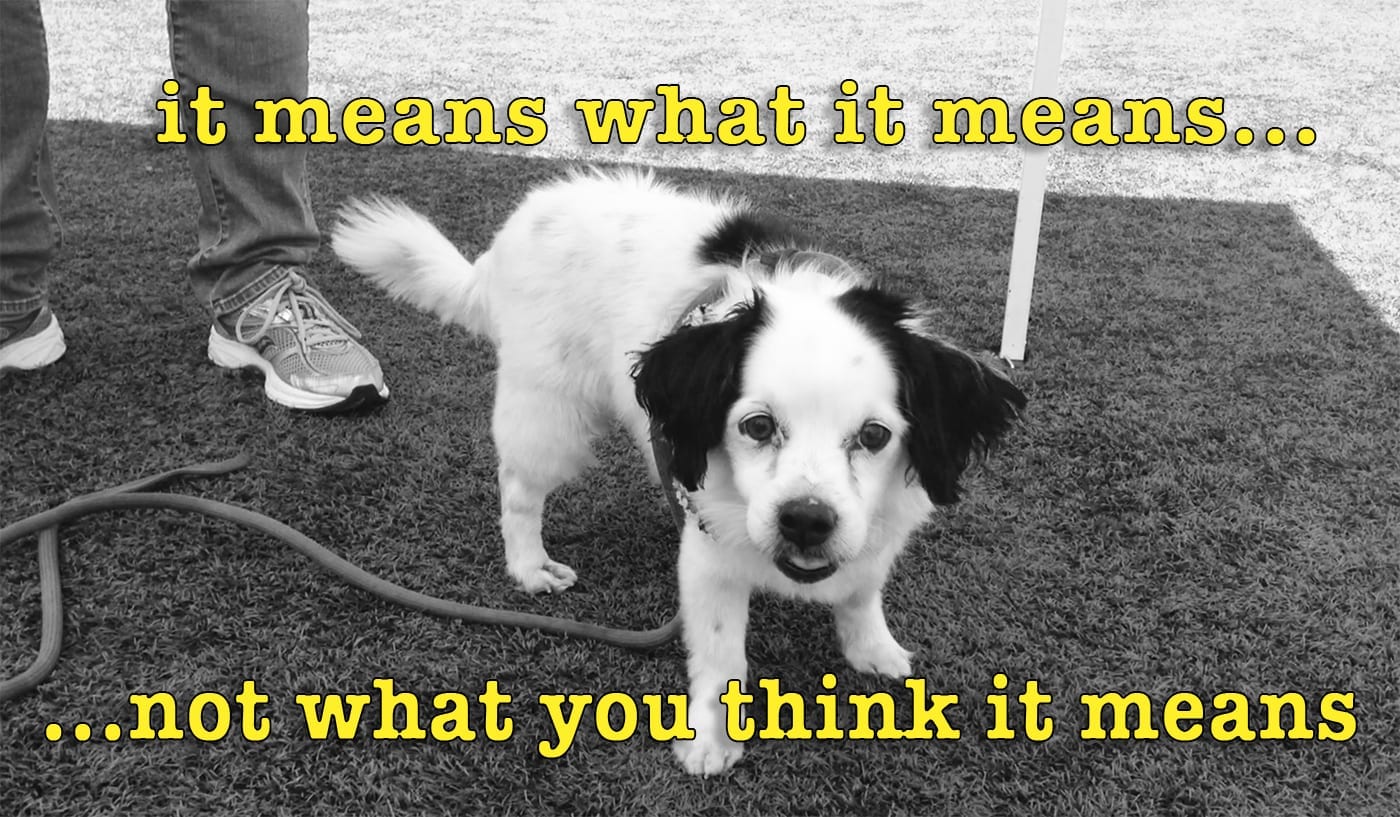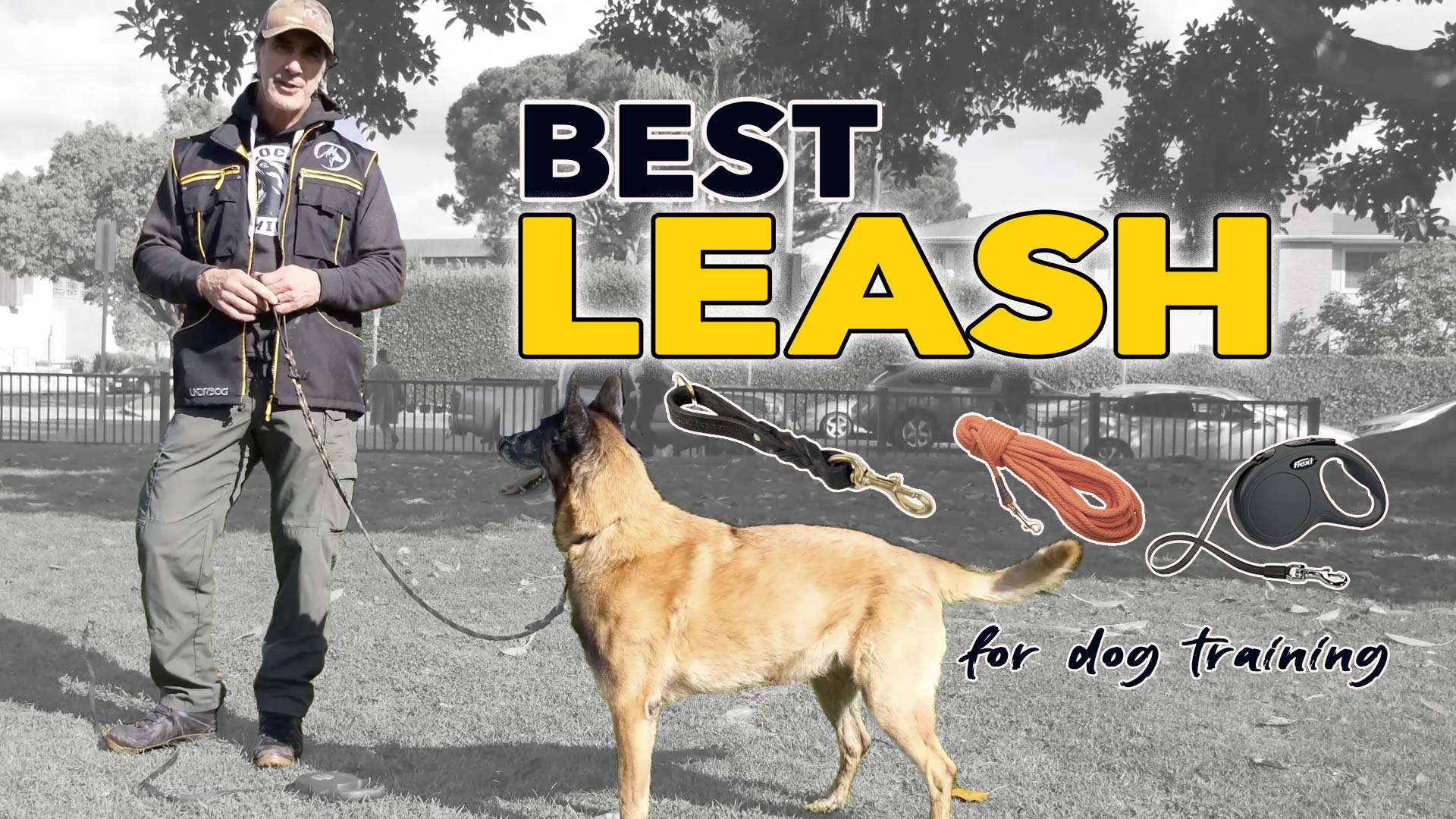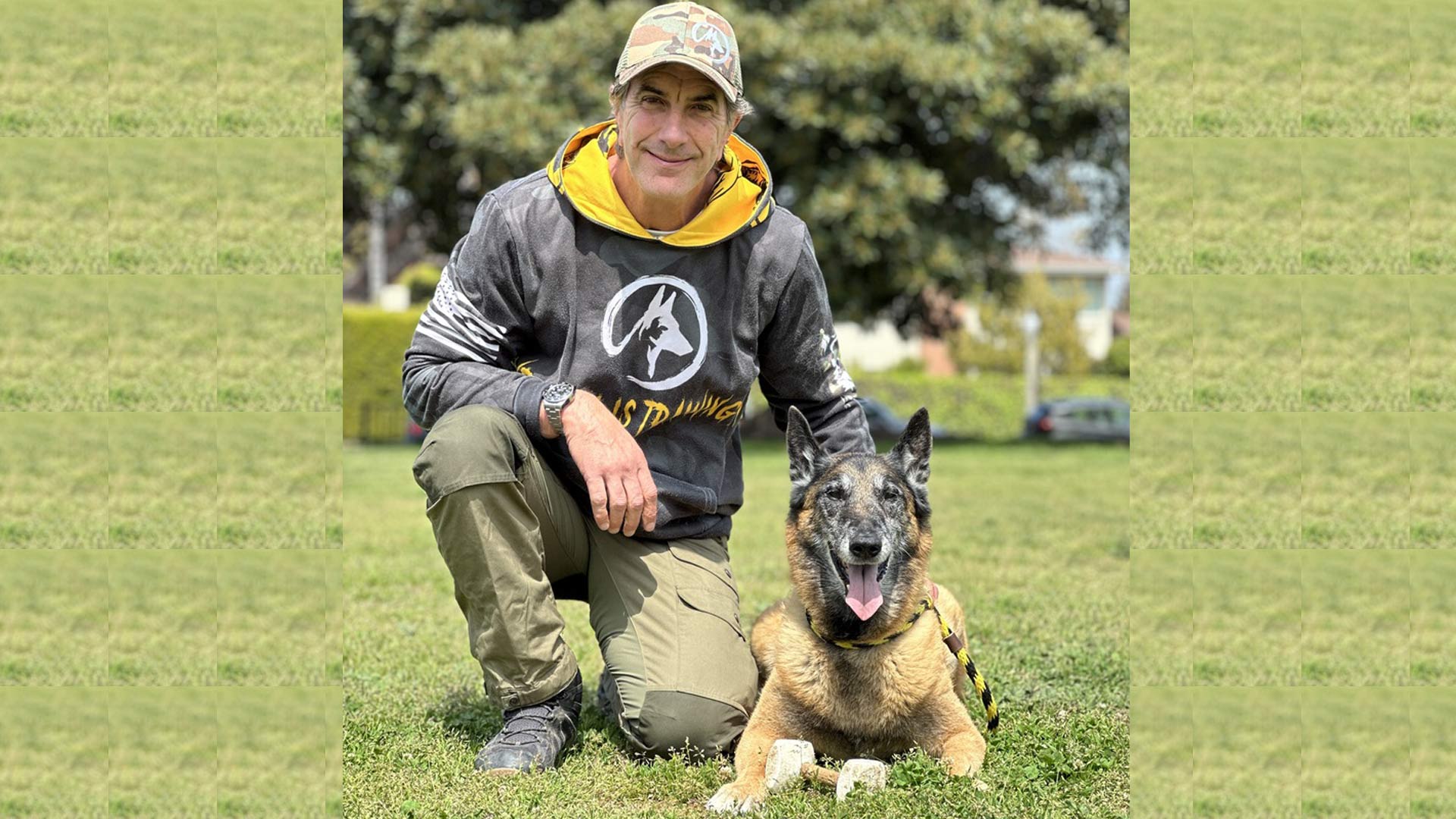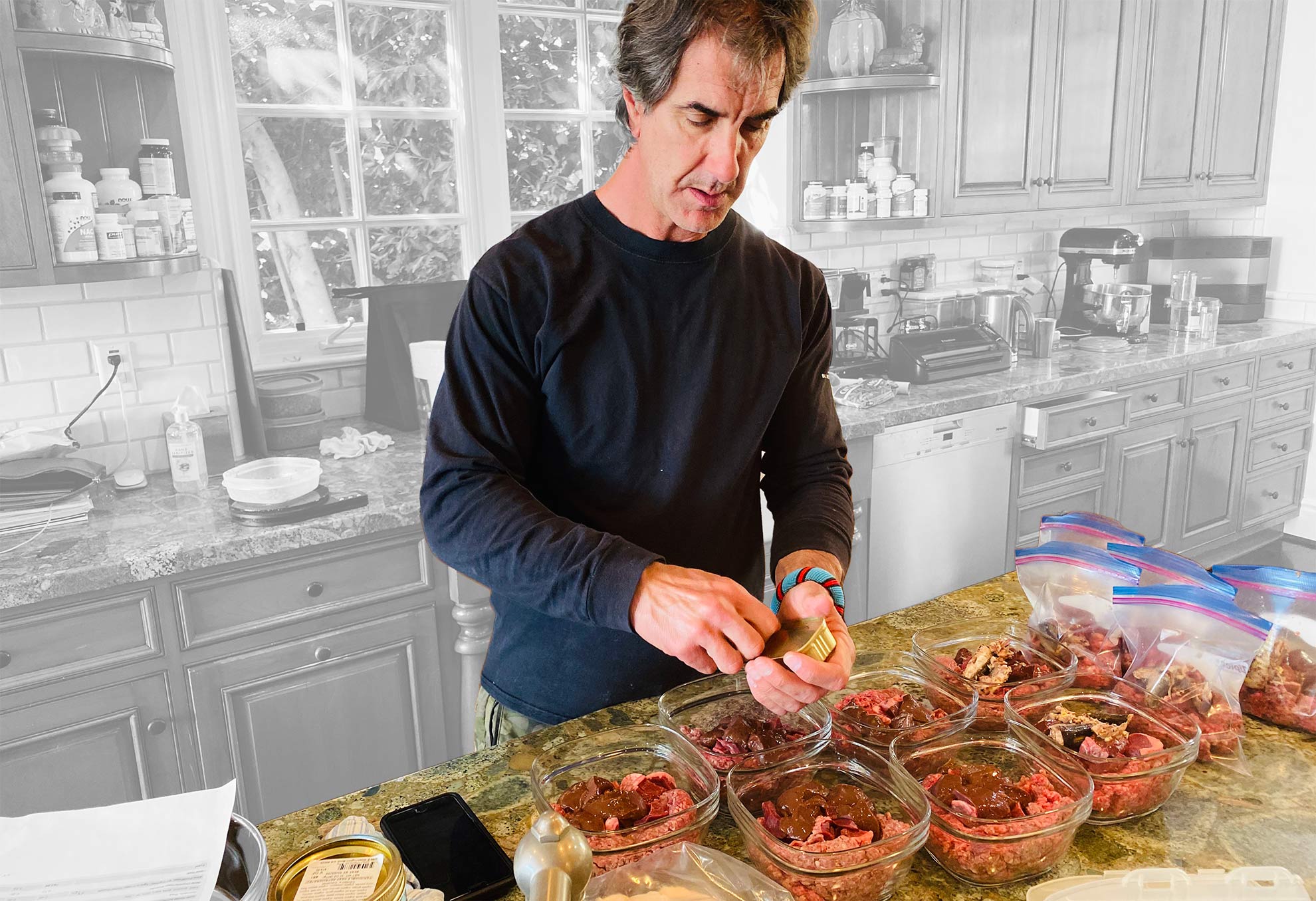All too often people will analyze a dog’s behavior and draw conclusions from what they see. Such as a dog that flinches when you go to pet his head must have been beaten, dogs that are afraid of men were probably abused by a man or dogs that are afraid of loud sounds were traumatized as puppies.
As much as it is a novel approach to come to try and come to a conclusion, more often than not it has nothing to do with anything relevant to the issue at hand. That is why I say:
It means what it means, not what you think it means.
In order to develop a solution for a dog, we must move away from our drawn assumptions and focus on the issue at hand. I’ve dealt with countless situations with dogs that have fears and solved them by helping the dog to overcome the problem at hand, and not wasting time on trying to figure out if and where the root lies (if there is even a way to figure this out). Basically, if you don’t know the dog’s history, don’t try to assume what “could have happened.” If you do know, use what is relevant and then go from there!
See: online dog training
Certain dogs have it in their DNA to be more “sharp” (likely to be spooked by sounds and things) and others don’t. Oftentimes a dog’s initial exposure to stimuli forms his or her habits, other times the mother’s upbringing may create calmer or nervier dogs. Sometimes higher-energy dogs are more likely to be spooked by the slightest sound or environmental stimuli. If this is the case, we need to “de-sensitize” the dog. Let’s take for example skateboards, bicycles and baby carriages. Dogs that have a high degree of prey drive (or high energy to chase) are likely to be startled by something rolling by them quickly and may either startle (pull away) or incite (give chase) to the object. Thinking that the dog suffered some great trauma is not going to help us or help the dog.
The fact is that we need to focus on the solution.
The easiest way to go about helping the dog in this situation is to do it in a controlled / safe manner, one that is fair to the dog. Some people opt for throwing the dog head first into the pool to teach him to swim, but I differ here. If your dog has a fear of things, introduce them slowly in a controlled manner using control, trust and rewards.
My dog Goofy had a fear of baby carriages, shopping carts and skateboards. No idea where this came from I had him since he was 9 weeks old and he NEVER had a bad experience with any of these. So the first thing I did was buy a used skateboard and baby carriage at a local thrift shop and park them in the backyard. Every day we would walk by these objects until they became part of the landscape. This took a few days, because at first he freaked out when he saw them. Once he accepted them there, we could start playing around them, occasionally throwing his favorite toy near them and waiting for him to “go and get it.” Eventually I could move the item (skateboard / baby carriage) while we were engaged in a game of tug or I could feed him near the items.
After about a week or so of doing this I took the skateboard with me on our walks and moved the exercise to more distracting environments. Remember, I always start desensitization on a fair ground, a place where the dog feels safe, with someone he trusts. Having a stranger do this is not a good idea. Your dog trusts you and is leery of the skateboard. If a stranger introduces something he doesn’t know or trust and you are not helping him through this, you can destroy the relationship with your dog. Your dog should have enough trust in you to move toward you even if something is awry. My dog trusts me and not skateboards, so I use the trust he has for me to introduce something he may be afraid of. On our walks I would roll the skateboard and act as if nothing happened. If he responded neutral or positively, he got a treat or a lot of praise. If he “spooked” I did nothing.
I ignored his negative behavior because it was not what I was looking for.
Not too long after embarking on this exercise I could put him on a down-stay and skateboard right in front of him or roll the skateboard past him. The key thing is to be certain during this phase not to allow your dog to be harmed inadvertently by the item: for example bumping him with the skateboard or rolling it over his tail. The more he sees that the skateboard can be near him and not touch him or cause him any harm, the easier it will be for him to accept the item as harmless.
Desensitization takes time and a lot of patience. Do NOT rush this. It may be only a few minutes a day for several weeks to do this exercise. The key thing is to ALWAYS end on a positive note. Don’t make the mistake of feeling that your dog is “just too scared” and ending the exercise while he is scared. If the item goes away while he is scared, he learns that the “scared” behavior made the item go away. He must understand that the item causes him NO HARM and that being OK with the item makes it go away. I suggest using only treats and toys and praise for this exercise. Do not use any compulsion to “force” your dog to be near an item to MAKE him see that it’s OK. This is not a good idea by any means. This process, done properly, takes time and thereby builds a solid relationship between you and your dog. Take your time and keep it positive. The results will speak for themselves and carry over into so many other aspects of training.
And remember, there are certain dogs that will never be ok with certain things. If your dog’s fears can’t be cured, perhaps they can be managed and dealt with. Don’t expect your dog to make a 100% change any time soon.
You got the dog you got, so work with that and appreciate what you have!






